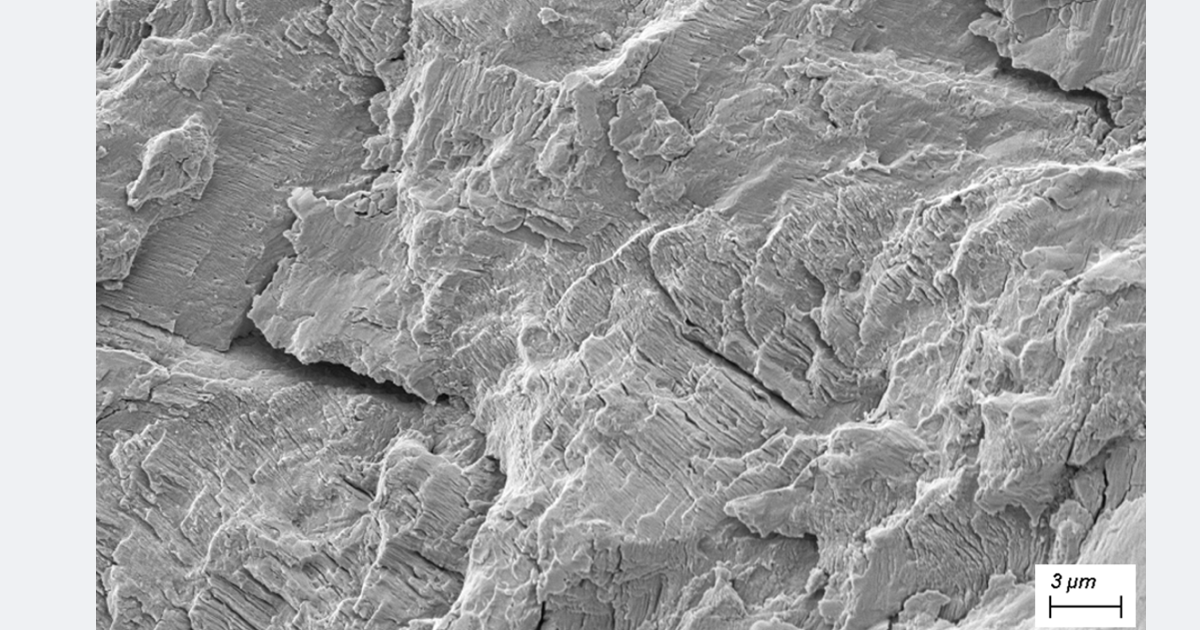Advances in High Cycle Fatigue and Fracture Failure of Metallic Materials and Components
A special issue of Materials (ISSN 1996-1944). This special issue belongs to the section "Mechanics of Materials".
Deadline for manuscript submissions: closed (20 March 2025) | Viewed by 12061

Special Issue Editors
2. Research Institute for Materials Science and Technology (INTEMA), National Scientific and Technical Research Council (CONICET), Mar del Plata, Argentina
Interests: experimental mechanics; fracture mechanics; damage mechanics; high cycle fatigue; fatigue design, mechanical components integrity; failure analysis
Interests: welded joints; structural integrity assessment; fracture mechanics; finite-element analysis; multi-scale modeling; fatigue
Special Issues, Collections and Topics in MDPI journals
Special Issue Information
Dear Colleagues,
Most instances of structural failures in engineering can be attributed to High Cycle Fatigue phenomena. Thus, a profound understanding of the fatigue and fracture behaviors of the materials and structural elements is indispensable for enhancing their longevity and safety.
Innovative materials and processes, such as additively manufactured materials, have spurred the use of novel methodologies to analyze intricate configurations. Consequently, these advancements necessitate specialized approaches to simulate the fracture responses, ensuring compliance with stringent safety requirements.
This Special Issue of Materials is dedicated to the scrutiny of High Cycle Fatigue and fracture behavior in engineering materials and components. The emphasis is placed on investigating estimations and providing a platform for presenting the recent breakthroughs in this domain. The publication serves as a conduit for disseminating knowledge and fostering discussions on the evolving landscape of fatigue and fracture analysis, contributing to the continual improvement of structural durability and safety standards.
This Special Issue intends to cover several topics, which include, but are not limited to:
- Fracture mechanics approaches for fatigue assessment of materials and components;
- Defect assessment and high cycle fatigue resistance;
- Fatigue and fracture of metallic alloys fabricated through additive manufacturing;
- Novel fatigue design criteria of mechanical components;
- Experimental methods in fracture mechanics.
Prof. Dr. Mirco Daniel Chapetti
Prof. Dr. Nenad Gubeljak
Guest Editors
Manuscript Submission Information
Manuscripts should be submitted online at www.mdpi.com by registering and logging in to this website. Once you are registered, click here to go to the submission form. Manuscripts can be submitted until the deadline. All submissions that pass pre-check are peer-reviewed. Accepted papers will be published continuously in the journal (as soon as accepted) and will be listed together on the special issue website. Research articles, review articles as well as short communications are invited. For planned papers, a title and short abstract (about 250 words) can be sent to the Editorial Office for assessment.
Submitted manuscripts should not have been published previously, nor be under consideration for publication elsewhere (except conference proceedings papers). All manuscripts are thoroughly refereed through a single-blind peer-review process. A guide for authors and other relevant information for submission of manuscripts is available on the Instructions for Authors page. Materials is an international peer-reviewed open access semimonthly journal published by MDPI.
Please visit the Instructions for Authors page before submitting a manuscript. The Article Processing Charge (APC) for publication in this open access journal is 2600 CHF (Swiss Francs). Submitted papers should be well formatted and use good English. Authors may use MDPI's English editing service prior to publication or during author revisions.
Keywords
- fracture mechanics
- high cycle fatigue
- short or small crack propagation
- defect assessment
- damage mechanics
- additive manufacturing materials
- metallic components
Benefits of Publishing in a Special Issue
- Ease of navigation: Grouping papers by topic helps scholars navigate broad scope journals more efficiently.
- Greater discoverability: Special Issues support the reach and impact of scientific research. Articles in Special Issues are more discoverable and cited more frequently.
- Expansion of research network: Special Issues facilitate connections among authors, fostering scientific collaborations.
- External promotion: Articles in Special Issues are often promoted through the journal's social media, increasing their visibility.
- Reprint: MDPI Books provides the opportunity to republish successful Special Issues in book format, both online and in print.
Further information on MDPI's Special Issue policies can be found here.







